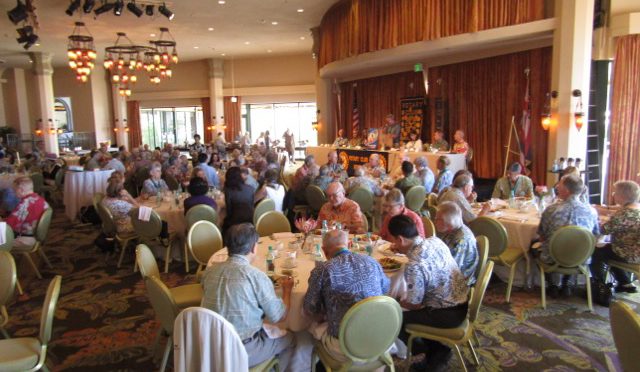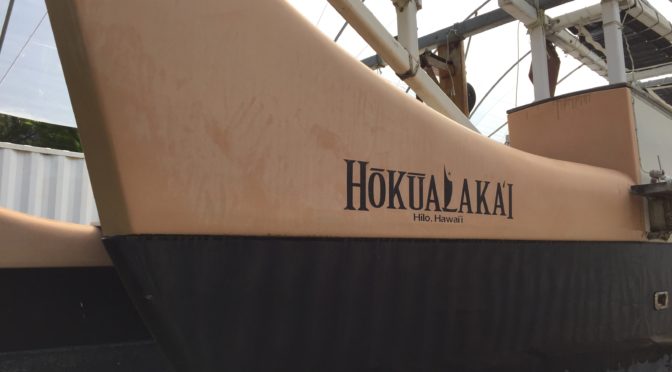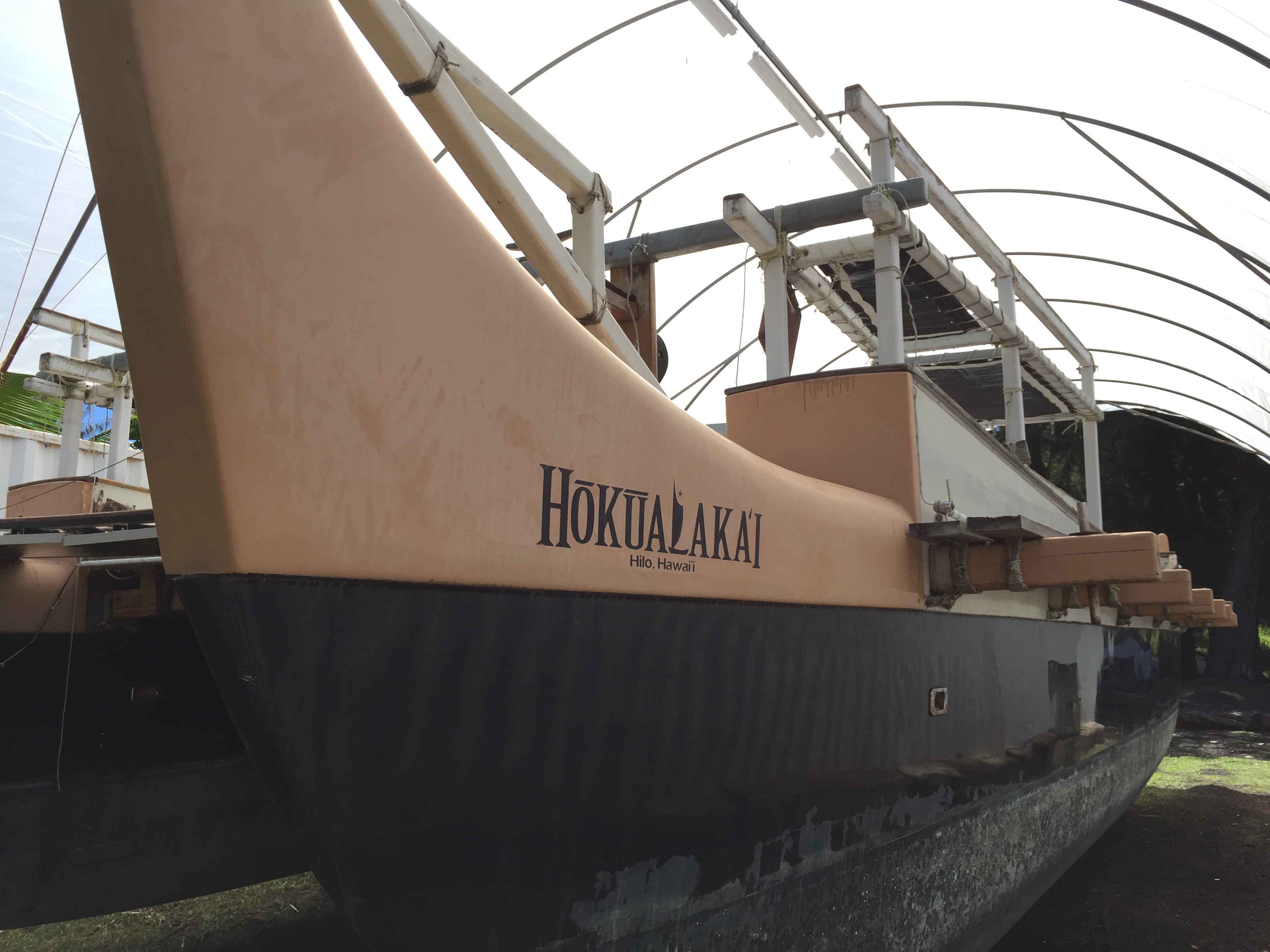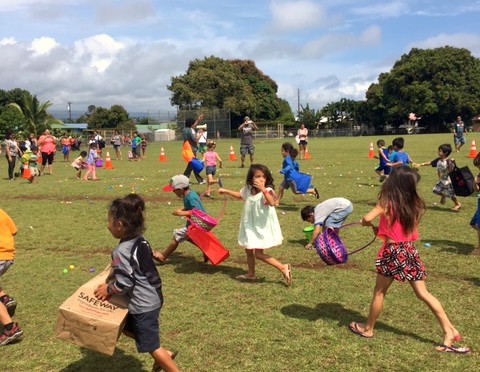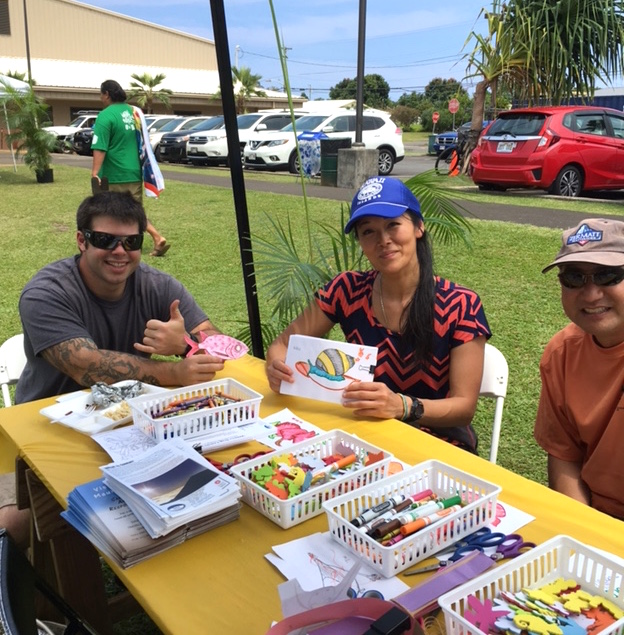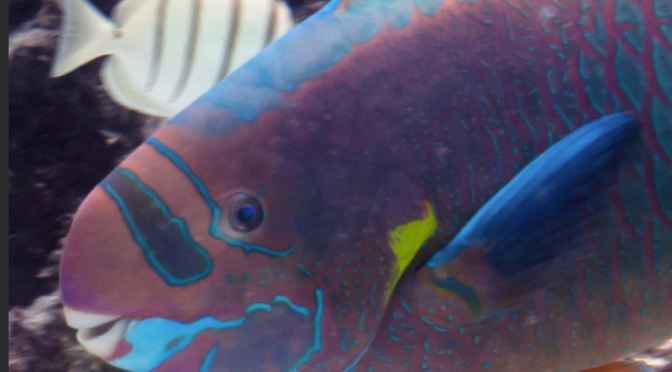Category Archives: Community
New video: How a Local Woman is Tackling Hawai‘i’s Youth’s Mental Health Crisis
New video: Why Is This Hawaii Community Organization So Extraordinary?
New video: Bruddah Skibs is caring for Hawaii Island, one park and kid at a time
New video: How the military thinks about the future of Pohakuloa
New Video: Interesting take on a new pohakuloa dialogue
PUEO to Rotary: TMT Offers Educational Opportunities We Shouldn’t Miss
Keahi Warfield, president of the native Hawaiian group Perpetuating Unique Education Opportunities (PUEO), spoke at the Rotary Club of Honolulu Tuesday. He said the Thirty Meter Telescope (TMT) offers educational opportunities we shouldn’t pass up.
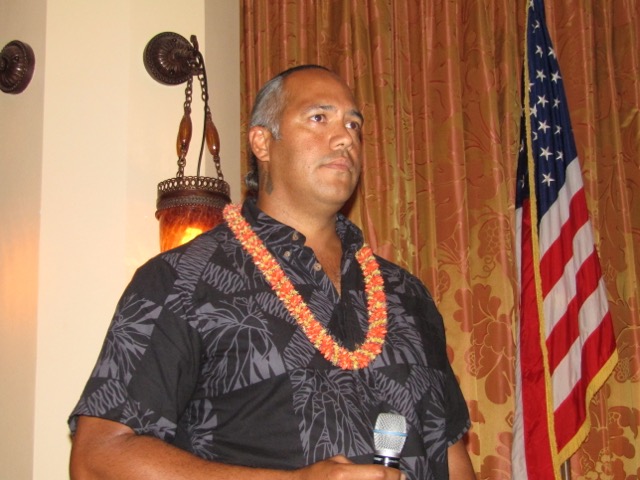
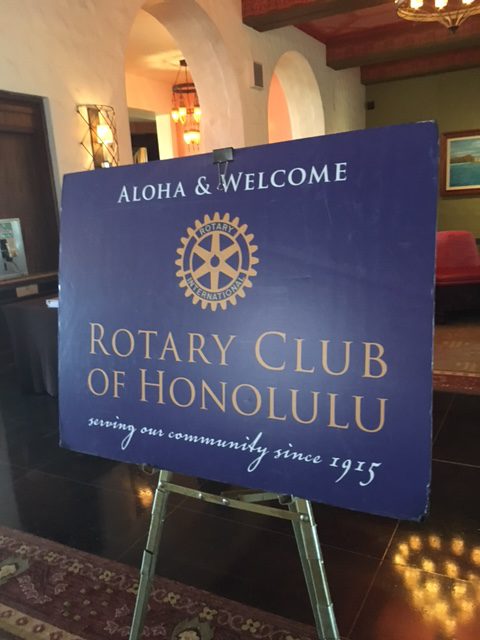
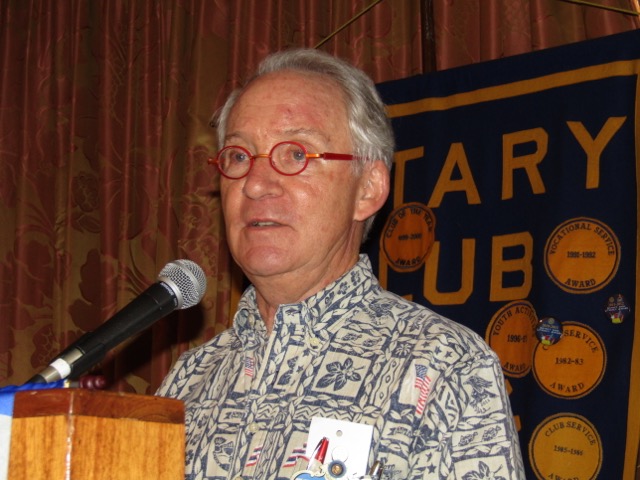
From the Honolulu Star-Advertiser:
Pro-telescope group touts educational benefits
By Jennifer Sinco Kelleher, Associated Press
August 17, 2016
Building a giant telescope atop Mauna Kea will come with educational opportunities that Hawaii shouldn’t close the door to, the president of a Native Hawaiian group that supports the project said.
Perpetuating Unique Educational Opportunities President Keahi Warfield told a Waikiki hotel banquet room filled with members of the Rotary Club of Honolulu on Tuesday that he believes there’s a “silent majority” of the public who support the Thirty Meter Telescope….
And I strongly agree – both that the TMT has educational opportunities for our Big Island keiki that we cannot pass up, and about the “silent majority” in favor of the project.
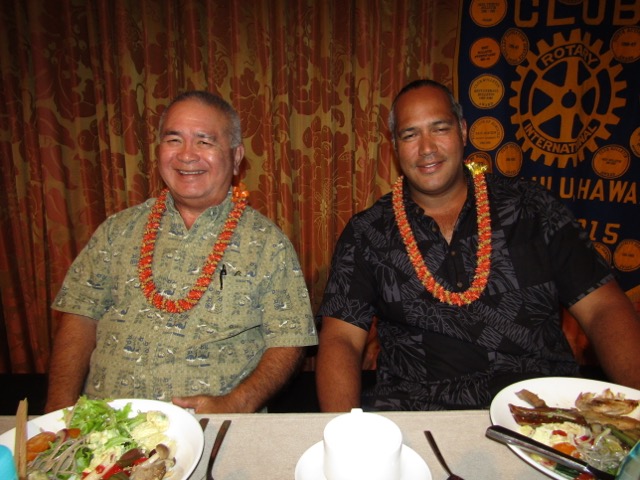
I introduced Keahi before he spoke and here’s what I said:
Who are we? I’m from the Kamahele family in lower Puna. My great-great grandfather had 12 boys and one daughter. All the Kamaheles are related.
I’ve been farming for 30 years. Our farm is Hamakua Springs, which is on 600 fee-simple acres. I describe us as being a triple bottom-line farmer. To be sustainable we need to be socially, environmentally and economically sustainable. The “social” aspect includes culture and education. It includes all of us, not just a few of us. This is the part I am especially focused on.
The County of Hawaii has the lowest median family income, and the highest suicide and homelessness rates. The game changer is education. It’s not the largest, strongest or the smartest that survives – it’s the ones who can adapt to change.
The pluses have to exceed the minuses or you go extinct. That applies to organisms and organizations as well as civilizations.
Education is the game changer that allows us to adapt.
Regarding the TMT: Henry Yang is the president of the TMT. And he’s the type of person you can do business with on a handshake. He and Jean-Lou Chameau, the former president of Cal Tech and now president of the King Abdullah University of Science and Technology in Saudi Arabia, visited the Big Island 15 times. They became well known in the community.
One visit to Keaukaha was memorable. They dropped in unexpectedly at a Kupuna Day function. They had become so familiar that the people greeted them with, “Come, come, come, go eat.”
Keiki education is the common denominator that everyone on all sides of the issue can agree upon. That’s how the THINK fund was born. The THINK Fund is a one million annual contribution to Big Island student education from the Thirty Meter Telescope. They left it to the community to choose the direction.
I’ve been in the middle of this issue for nearly ten years, and I am very pleased that PUEO has taken a seat at the table.
I have noticed in the last few months that public opinion is shifting. In the Ward Research poll just released, the number opposed to the TMT has gone down from 39 percent to 31 percent. I have a Facebook page that talks about ag and energy and I’ve noticed many more Hawaiian surname “likes,” compared to just three months ago. I also notice more young people participating. This is the most encouraging part to me.
My role now is support. I can see the young people starting to come out and I could not be more pleased.
The PUEO group is made up of very credible native Hawaiian people. In all my years of knowing them, they only talk about the community, the keiki, and future generations. I am very proud to be allowed to work with these people.
Keahi is the perfect leader for PUEO. I’ll do everything I can to support his efforts. Aloha
DOT Turns Over Palekai to Youth Education Group
On Monday, the Hawai‘i State Department of Transportation signed over about four acres of land at Keaukaha’s Palekai, formerly known as Radio Bay, to the non-profit group Keaukaha One Youth Development.

The 12-month revocable permit will allow Keahi Warfield and others in the community, including Patrick Kahawaiola‘a, president of the Keaukaha Community Association, to spearhead a community project to restore the double-hulled navigating canoe Hokualaka‘i.
The terms of the revokable permit are for twelve months, and then the Harbors Divison has the option to extend for an additional 30 calendar days. Extensions beyond the 30 days will require Land Board Approval.
It was a beautiful, breezy sunny day when the signing ceremony took place, outside next to the bay. Hokualaka‘i was on one side of the gathering and Mauna Kea was a backdrop across the bay on the other. Community members, legislators and employees from the Department of Transportation were present.
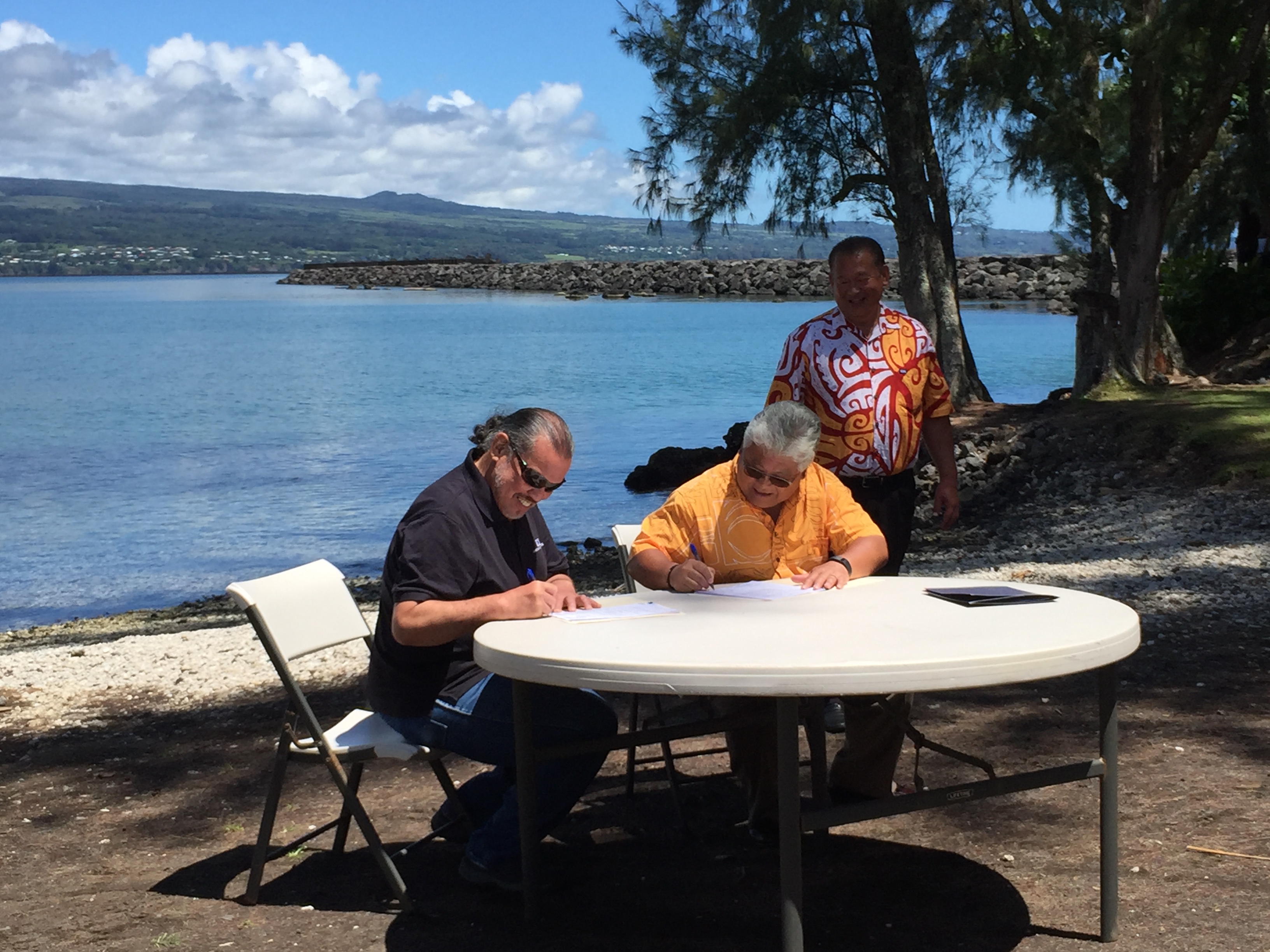
Keahi Warfield, who runs a children’s after-school program there on the site, said Keaukaha is an ocean community, and the purpose of the non-profit is to ensure children understand ocean activities.
Hawai‘i State Senator Lorraine Inouye spoke about the transfer of Palekai being unusual and a special day for the community.
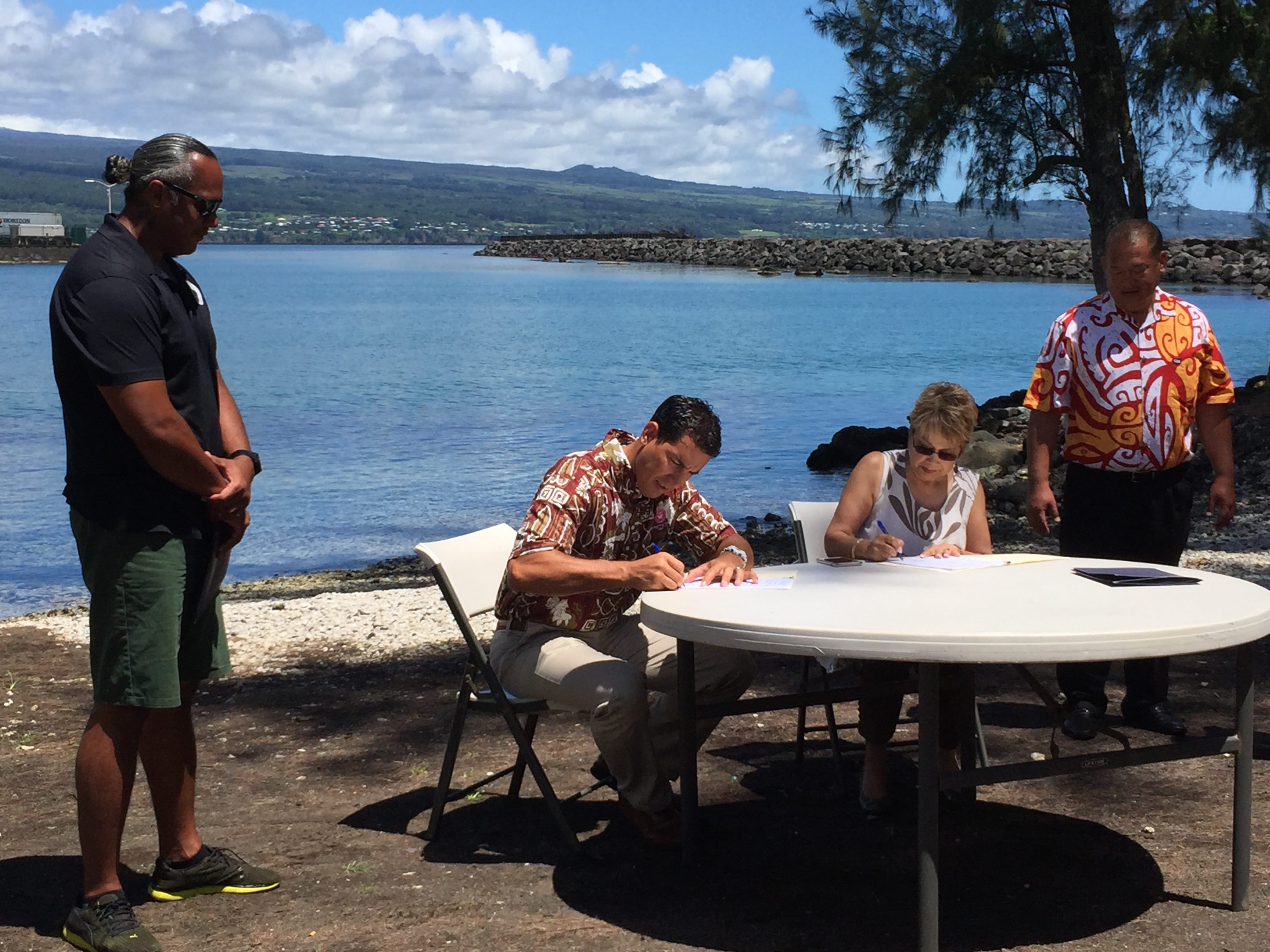
“Rarely do you see this kind of transfer happen between the state and a community,” she said. “It’s nice to know agencies and the state respond to a community’s request.”
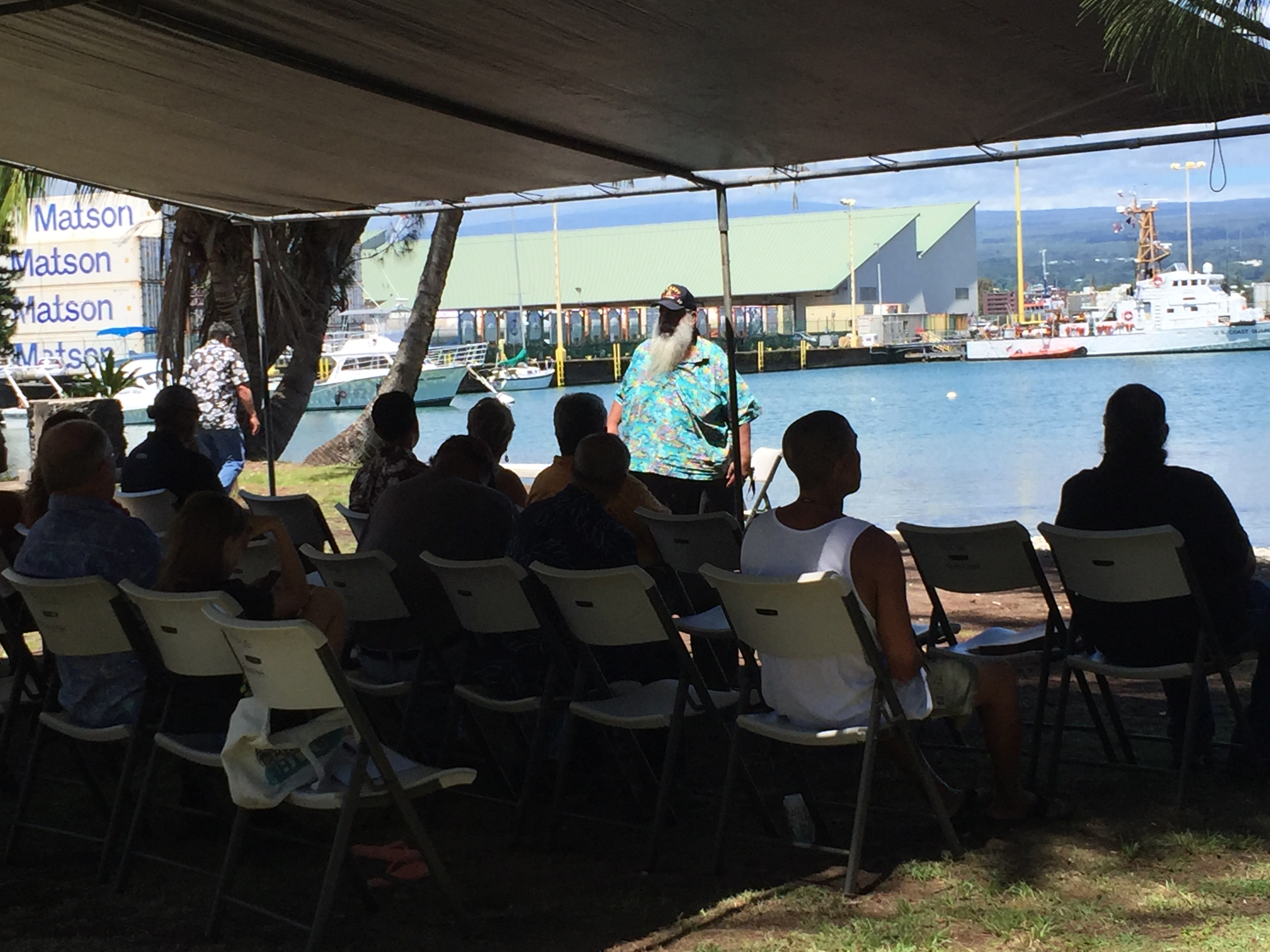
Kahawaiola‘a spoke too, calling it a momentous occasion and a first. “We will have to live up to the example so more partnerships like this can be made throughout the State.”
They will, he said. “We are fierce Keaukaha people. We will work hard and we will show you what we can do.”
Kuhio Day at Panaewa Park
It was great to see the kids running around and having so much fun for the Prince Kuhio Day celebration at Panaewa Park. There was an Easter egg hunt, food, music and astronomy exhibits from different telescopes.
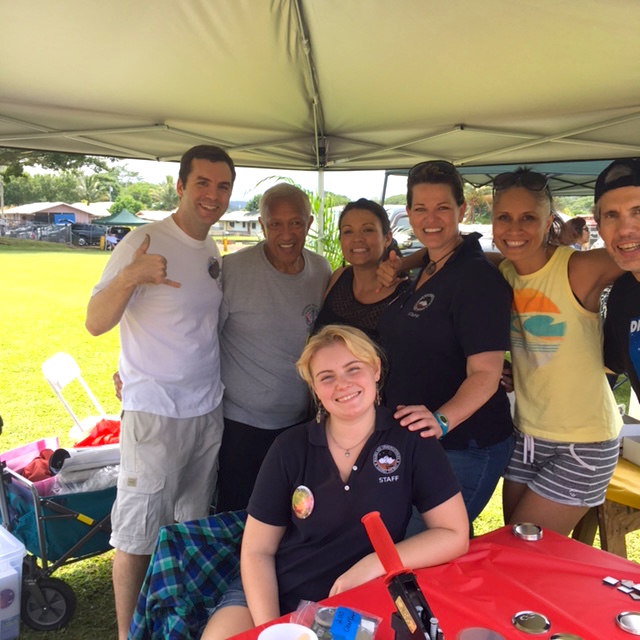
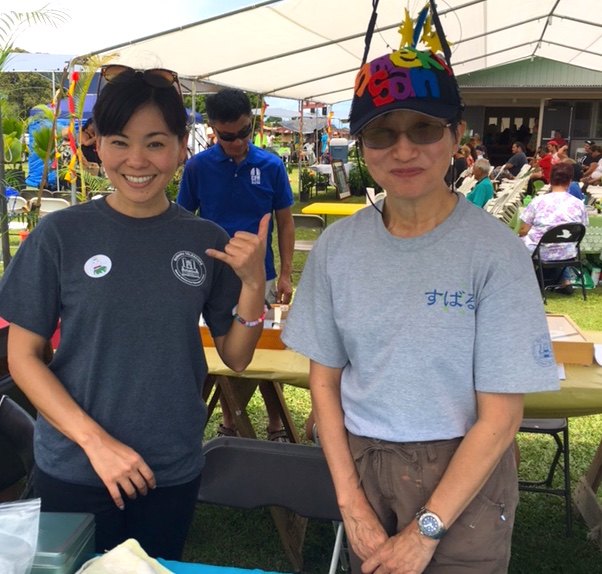
Doug Simons, executive director of the Canada-France-Hawai’i Telescope, doesn’t normally walk around in shorts like me, but there he was, cooking hamburgers.
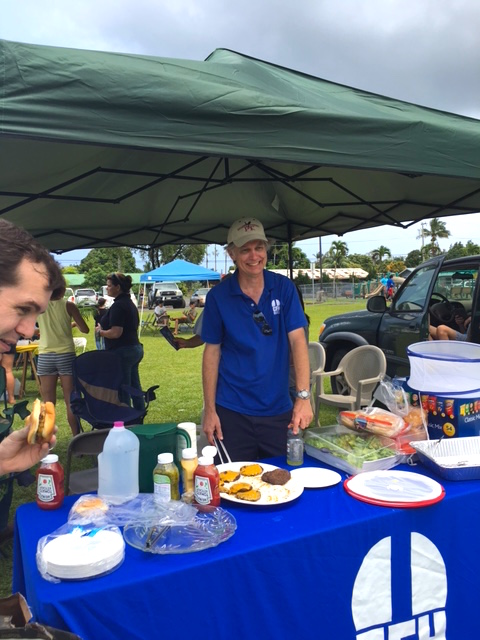
Great day.
“Yoohoo! I’m Looking for an Uhu!”
Photo courtesy of Lindsey Kramer/U.S. Fish and Wildlife Service
Recently I heard Suzanne Case of the Department of Land and Natural Resources speak about overfishing here in Hawai‘i, and what she said really rang a bell with me.
When I was growing up, my family lived on the ocean at Maku‘u. I can remember my Uncle Sonny being very concerned about not overfishing. I can really identify with concern about ocean resources.
When I was in Vietnam, I saw a school once of maybe 30 or 40 uhu, huge ones, ten-pounders. But in Hawai‘i, I only ever saw one or two at a time and I had no idea they swam in schools like that. So when I saw that big school in Vietnam I thought it must be a different species.
But Suzanne had a photo of a school of uhu just like that and she said that was their normal condition. I almost fell over. The consequences of overfishing became very clear to me.
It was fascinating to learn that some of our local communities are saying enough is enough and that they have to do something. Leslie Lang talked to Suzanne and found out more:
***
Our ocean fisheries have declined 75 percent over the last hundred years, says Suzanne Case, chair of the Department of Land and Natural Resources.
In the past, Hawai‘i’s natural resources were controlled by kapu when we had the ahupua‘a system, but that sort of protection is long gone.
Today, some community groups are stepping forward to restrict fishing in their local waters in order to rebuild dwindling marine populations.
A community group in Ha‘ena, Kaua‘i was the first group to pass a set of community-based subsistence fishing rules. That was last summer, after they worked on developing the rules for 16 years.
The result is a co-management process with the state. “The state has to enforce the rules,” says Case. “The local community cannot go out and be vigilantes.”
She explained that they are switching to traditional fishing practices. “So that means no monofilament nets, one pole and line fishing, and you can’t fish during spawning aggregation. All of this means you fish more carefully, as opposed to you just go out and wipe out a whole school of uhu or weke because you can.”
Now Ka‘upulehu, in west Hawai‘i, is working on a similar process. “They’re talking about a closure – no fishing out to 20 fathoms for ten years,” says Case. “And the community, as far as I know, has committed not only to not fishing there, but to not displace their fishing efforts by going elsewhere. They’re serious about it.”
There was a formal public rulemaking hearing about this last Thursday.
The Ka‘upulehu Marine Life Advisory Council, formed in 1995, consists primarily of lineal descendants of people who go way back in the community. “There’s a lot of inherited local knowledge,” says Case.
The Council has also created a program called Makai Watch, which determined what to look for, who to call for enforcement if needed, and how to provide outreach to people who are users of the area in the first place, so they know the area’s rules.
These sorts of community-based action are happening elsewhere, too. Case says a Kipahulu, Maui group has imposed a voluntary three-year ‘opihi rest area. “They’re trying to get one of their key ‘opihi grounds that has been overfished to recover. They’re trying to let the remaining ‘opihi get big and have lots of babies. They’re not even waiting for state legislation – they put a voluntary ban in place. It’s not legally enforceable, but you want to respect it.”
In the old days, of course, natural resources were protected by the ahupua‘a system. “The ahupua‘a boundaries extended out beyond the reef,” she says, “so that included the estuaries and the fishponds and the near shore environment, and the reef and the outer reef, and then out into the deep, as well as the mauka to makai part. We had a pretty large population, with fish being a major source of protein.”
The ahupua‘a system worked. “It sustained the population,” she says. “Back in 1839, Kamehameha the Third codified the local control into law, and the konohiki had the right to put kapu on fish, or make some off-limits during the season, or the like. In the Mahele, those were actually identified as property rights.”
But then the system changed.
“In the overthrow, when Hawai‘i became a territory, the Organic Act of Hawai‘i in 1900 implemented full open access to fisheries, and there were a series of laws to codify the private ownership and konohiki rights and responsibilities for managing fisheries,” she says.
“The Organic Act provided that if you had a private property fishing right, you could register it but then the Territory could condemn it. So it was a very intentional act to total open-access to fisheries.”
Fast forward to the 21st century, when we are much more efficient – and less sustainable – at fishing. We can get into deeper water, stay down longer, and GPS allows us to find big schools of fish.
“With the loss of local knowledge, too,” she says, “you may lose some very important elements, such as when certain fish spawn so you don’t fish during the spawning seasons. And how big fish are when they finally reach reproductive size.”
She points out that older, bigger fish are far more fertile than those just barely of reproductive size. “Unfortunately, we like to fish the big fish, which are by far the most productive. For instance, six-inch weke only spawn once a year and produce 90,000 eggs,” she says. Compare that to a twelve-inch weke that spawns four or five times a year, producing 45 million eggs each time. That’s 180 million eggs per year, instead of 90 thousand.
“So what we need to do to improve our fisheries is find ways to let the fish get bigger,” she says. “So that could be with the right kind of legislation, for a minimum catch size but also a maximum catch size so they can grow big in protected areas and spill over into the adjacent areas and help those areas restore their fisheries.”
But legislation takes time, and also depends on cooperation from the community. This is what’s happening in communities around Hawai‘i, as well as throughout the Pacific.
“The goal is to have fisheries rebound so there’s more fish for people to fish,” she says. “That’s the shared long-term goal and it requires a long-term commitment, not just short-term gain.”

